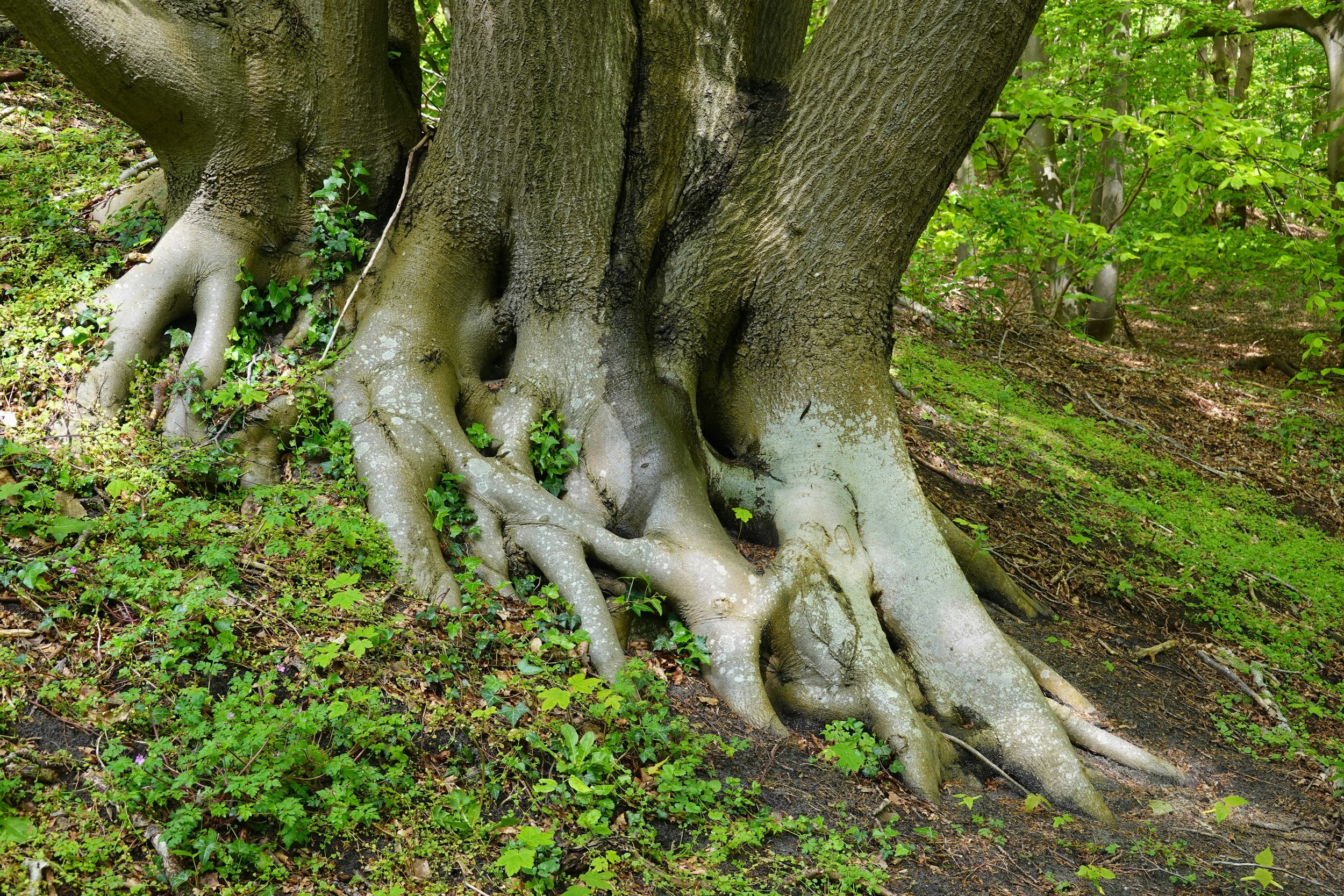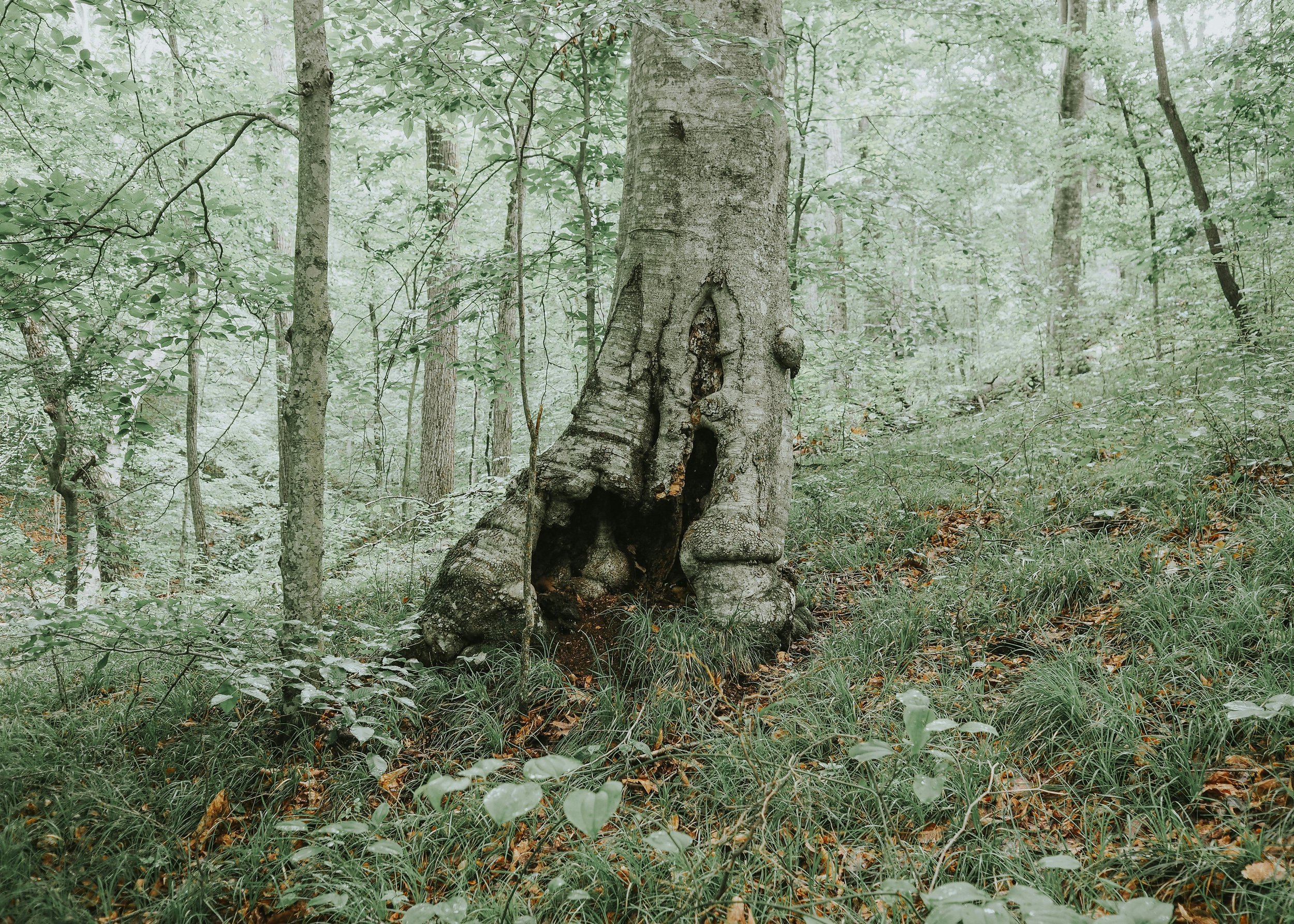
Designing Meaningful Team Experiences Part IV: Planning a Team Experience That Works for Everyone (and Keeps Working)
When you invest in team connection, it shouldn't be a one-off moment—it should be a lever for performance. In this final post in the series, we explore how to design inclusive experiences that meet everyone at the table, and how to turn those one-time moments into habits that build trust, alignment, and momentum over time.

My impact grows through you: A guide for referring me
The possibility of my impact grows through trust. Referrals are how I get to do the work I’m uniquely built to do, and how leaders and organizations find the right partner to help them grow. In this post, I’m sharing what makes a great referral, how to know when to introduce me, and how I think about the impact we can create together.

When the World Is in Crisis, How Do You Lead?
In moments of complexity and crisis, leadership isn’t about having all the answers—it’s about how you show up.
In this piece, I explore the internal and external storms leaders are navigating today—and offer a grounded approach to leading through uncertainty with clarity, resilience, and compassion.
Read on to discover how calming your system, reconnecting to your purpose, dancing with complexity, and supporting your people can help you—and your organization—move toward something better on the other side.

Designing Meaningful Team Experiences Part III: Connect Everything to the Big Picture
Too often, team-building feels disconnected from the real work.
In the third post of my series on high-impact team experiences, I explore why context is the difference between a feel-good moment and a real inflection point. Whether you're setting priorities, navigating change, or strengthening connection, anchoring in strategy, vision, and purpose helps your team show up with clarity and momentum.
Because the best team experiences aren’t just meaningful—they’re useful.

Dying to Transform
Effective transformation isn’t just about embracing the future—it’s about guiding the past to a meaningful conclusion. Like trees that actively "compost themselves" to nourish new growth, successful change requires harvesting wisdom from what came before while making space for what’s next. Leaders who rush toward the future risk shallow, unsustainable growth, while those who cling to the past can suffocate progress. True transformation balances both, requiring intentionality, patience, and the right resources to ensure that endings and beginnings are equally well-stewarded. When done with care, change becomes more than a transition—it becomes the foundation for something that lasts.
